Amaryllis Indoor Care: You Can Keep Growing This Plant As A Houseplant After Christmas
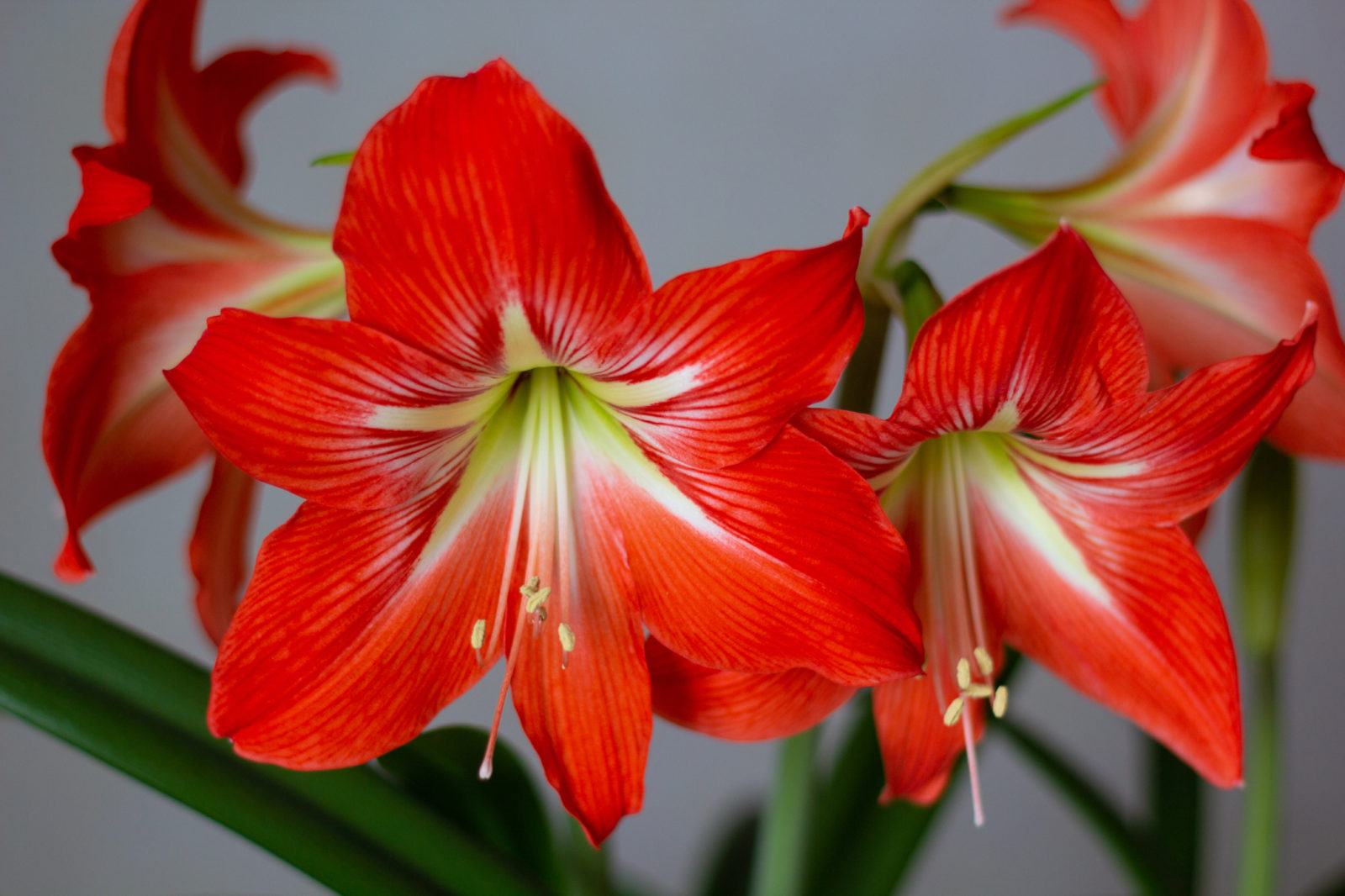
HOUSEPLANTS > AMARYLLIS > INDOORS

Elizabeth is a Permaculture Garden Designer, Sustainability Consultant and Professional Writer, working as an advocate for positive change. She graduated from the University of St. Andrews with an MA in English and Philosophy and obtained a Diploma in Applied Permaculture Design from the Permaculture Association.
Reviewed By COLIN SKELLY

Colin is a Horticulturist and Horticultural Consultant with experience in a range of practical and managerial roles across heritage, commercial and public horticulture. He holds the Royal Horticultural Society’s Master of Horticulture award and has a particular interest in horticultural ecology and naturalistic planting for habitat and climate resilience.
IN THIS GUIDE
AMARYLLIS GUIDES
Container Growing
Growing From Seed
Indoors Growing
Planting
Propagation
Pruning
Re-Blooming
Repotting
Amaryllis is the name given to Hippeastrum varieties grown indoors through the winter months, most commonly planted to bloom over the Christmas period.
Their vibrant and showy blooms are highly prized for displays inside the home.
Amaryllis is frequently purchased in the run-up to Christmas, and sadly, many plants are discarded once the blooms fade.
However, with a little care, you can keep amaryllis going over many years and get it to rebloom each year over multiple seasons.
Doing so does involve having an understanding of the cycle of this plant and the environmental conditions that this tropical perennial requires at each stage in that cycle.
Is Amaryllis Grown Indoors?
Amaryllis is indeed a popular houseplant that, while in bloom, will enjoy the conditions that can typically be provided within a home.
These tropical flowering plants of South America won’t be able to survive the winter months in the UK outdoors.
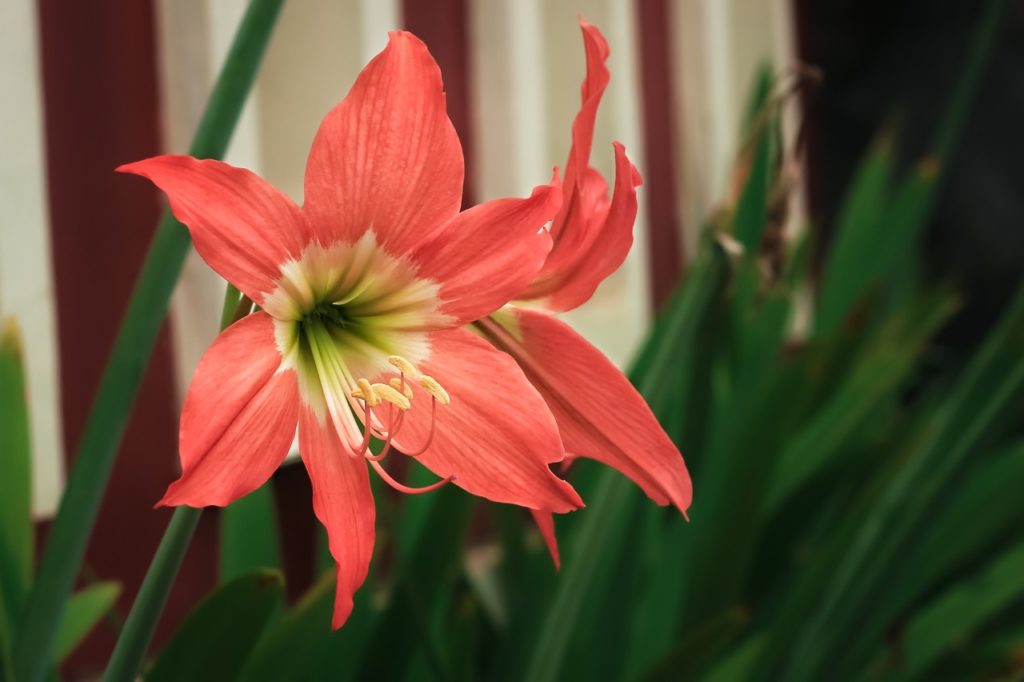
However, in summer, it is typical for plants in pots to be placed outdoors or in a greenhouse where they can get plenty of sunlight throughout the warmest part of the year.
Master Horticulturist Colin Skelly suggests: “Before moving Amaryllis to the greenhouse for winter, I re-pot one pot size larger (and a full pot rather than a half pot used for winter flowering) but still using John Innes no.2.
“I find this prevents the compost from drying out, which happens easily on hot summer days.
“It also ensures enough nutrients through the main growing period so that plenty of energy can go into the bulb before dormancy.”
They will then be brought back indoors in late summer or autumn to enter a period of dormancy before they are replanted the following autumn to bloom again 6-8 weeks later.
Indoor Amaryllis Care
Amaryllis is typically treated as a houseplant between early autumn and spring, and during this period it is important to provide it with the right conditions and care.
Light
After planting amaryllis bulbs, they should be placed in a dark spot until shoots emerge.
Once a shoot emerges, the plant should be moved to a light bright location out of direct sunlight until it blooms and then be kept there until the flowering period has finished.
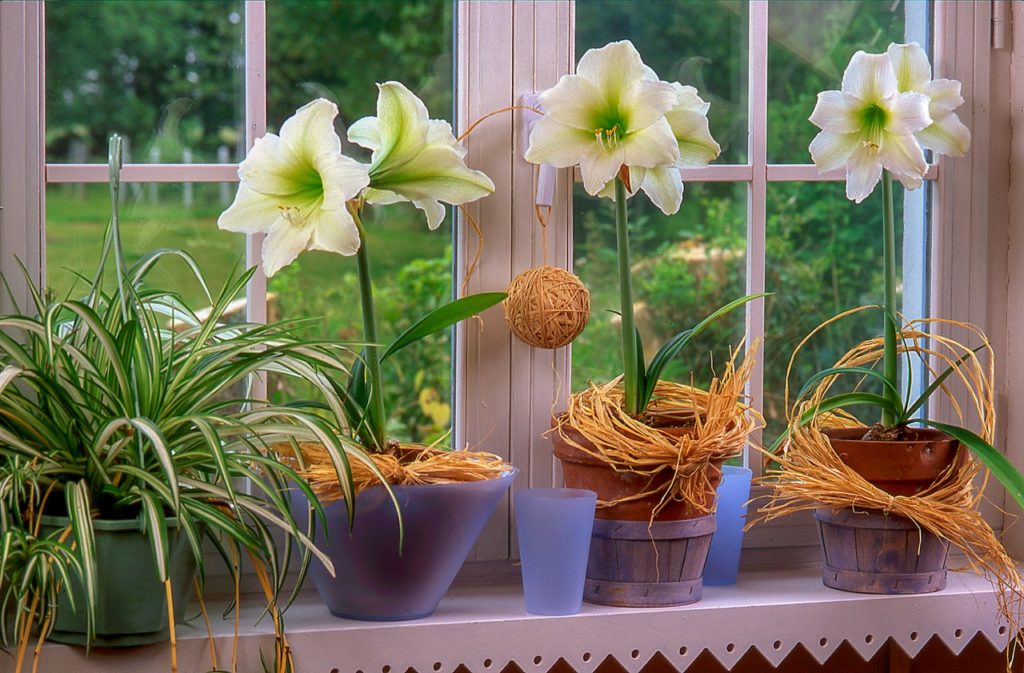
Once the flowers have faded and been removed, making sure that the plant gets plenty of light is key, since the foliage that emerges needs to photosynthesise and store energy in the bulb for the next year’s blooms.
Keep the plant in a bright spot indoors until you place it out in a sunny and sheltered spot in your garden or in a greenhouse, over the summer months.
In late summer or early autumn, bring the plant indoors and allow the bulbs to enter a period of dormancy in a dark location, bringing them back to active growth and replanting bulbs in the autumn.
Temperature
When the bulbs have new shoots, keep them at a temperature of around 21°C until they flower.
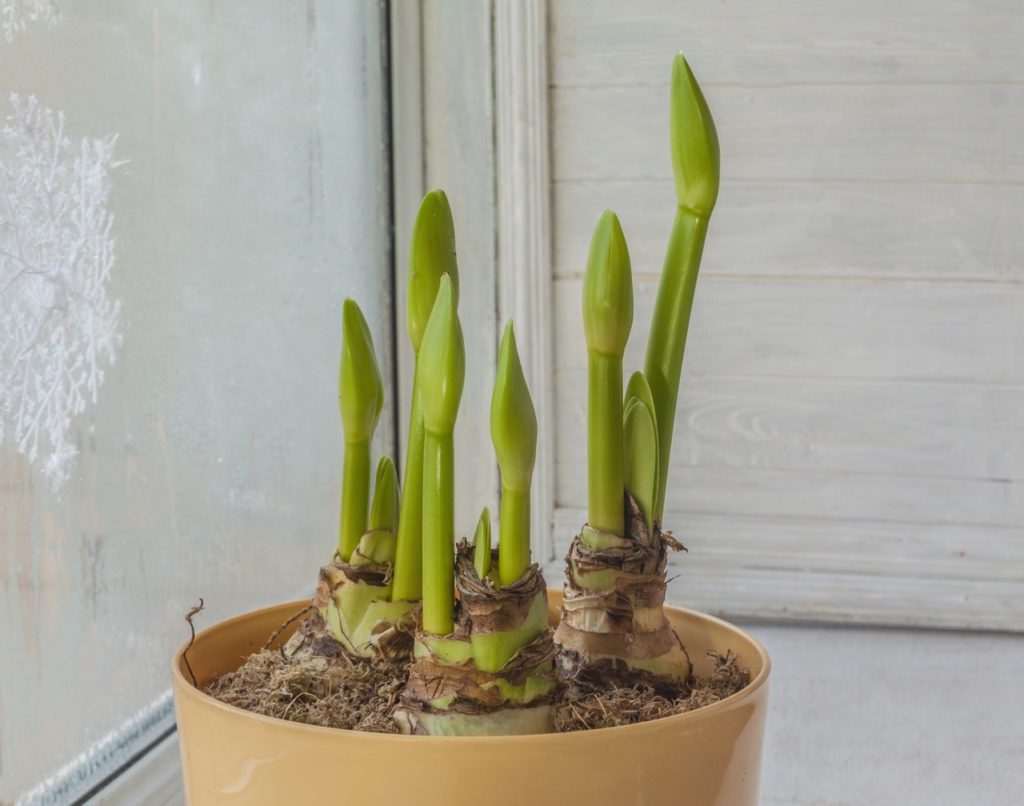
To prolong the flowering period once they are in bloom, it is best to keep them at temperatures between 15-18°C.
After bringing the amaryllis back inside in late summer or autumn, place it in a spot that remains relatively cool, around 13°C, for the dormant period.
Soil
Fill your pots with John Innes No. 2, or a peat-free general-purpose compost mix.

This can either be one that you purchase or a mix you create yourself at home.
Make sure that the mix is relatively free-draining but that it can also retain some moisture.
Watering
Water well during the periods of active growth, keeping the growing medium moist whilst taking care to avoid overwatering.
Make sure that excess water drains away freely and never leave the pot in a saucer or tray of standing water.
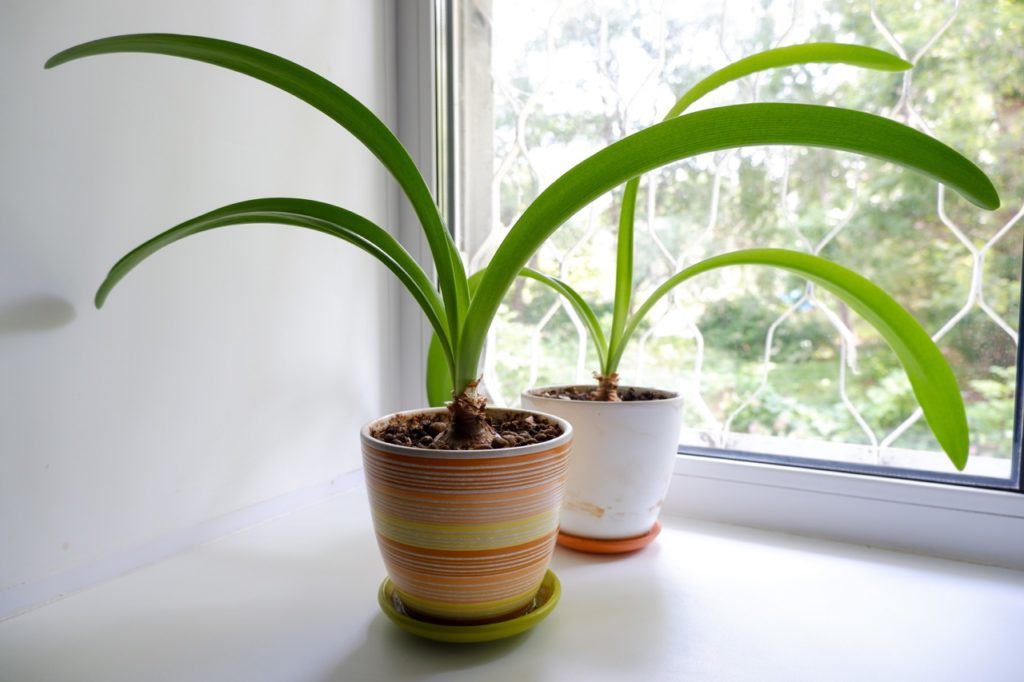
When the plant is ready to enter the dormant phase, cease watering and only resume this after replanting the bulb.
Before planting, it is a good idea to soak the bulbs to rehydrate them so they get off to a good start and grow well.
Feeding
Between when a shoot first appears from a bulb and the end of the flowering period, it is a good idea to feed your amaryllis around once a week with a balanced, organic liquid plant feed.
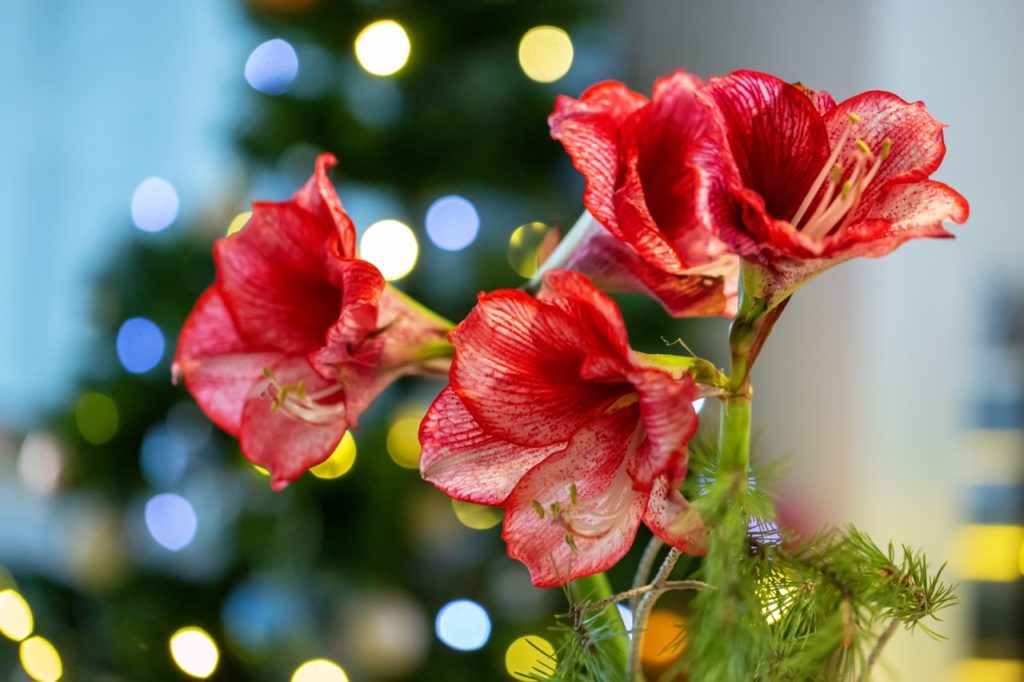
Compost tea is one option, though there are several other organic, homemade liquid plant feed options that you might use.
If you follow the process described above and make sure that the plant is provided with the right growing conditions throughout the different phases of its cycle, it should bloom well over many years.
